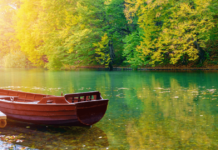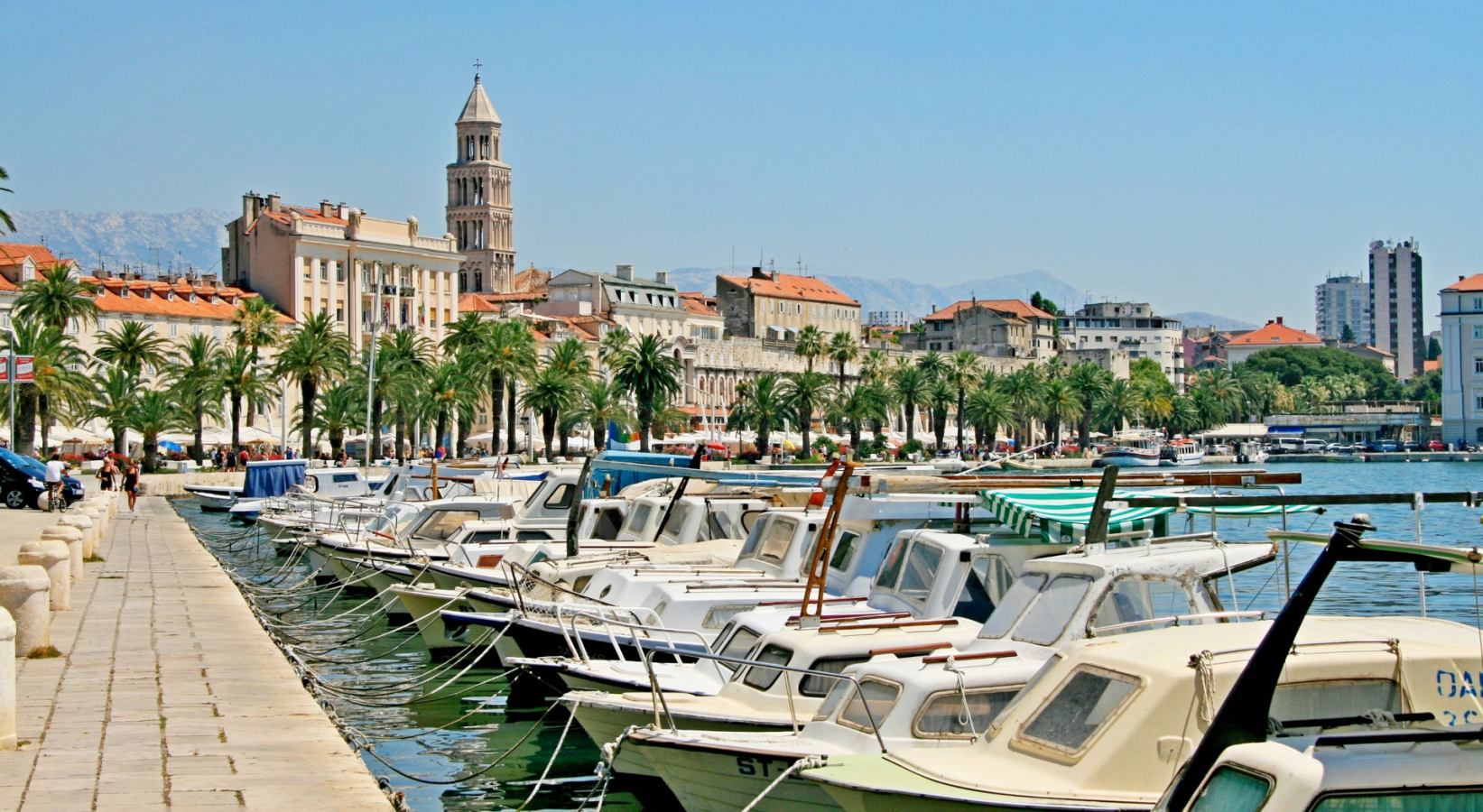The town that is often regarded as “the most beautiful in the world” is more than 1700 years old. The Roman emperor, Diocletian, chose Split as a location on which he would build his summer mansion, thus transforming it in one of the best-known towns on the Mediterranean.

Split was registered into the UNESCO’s World cultural heritage list. It abounds in numerous cultural and historical monuments and entertainment. Here are some of them:
1. Diocletian’s palace – Roman emperor Diocletian has spent the last years of his life building an enormous palace near his birthplace, Aspalathos ( now Split ) in Dalmatia. Because of its dimensions and preservation, this palace is the most important monument of the Roman architecture on the Eastern coast of the Adriatic. The beginning of building of the Diocletian’s palace was not precisely determined. It is assumed that the building started around 295. It is not familiar according to which architectural idea the palace was built, or who its builders were, but its originality comes from its basic function and the adjustment to its position.

2. Riva – Riva is one of the most attractive public places in Split, as well as a valuable urban ambient with a port and other functional and recreational possibilities. The oldest Riva ever discovered, comes from the 1st century b.c. and was a part of the ancient settlement of Spalatum, located in its proximity. Today, Riva is a place where morning and afternoon coffee are sipped with an astonishing view of the sea and ships, where the young and the old meet. During St. Duje’s festivity a procession takes place on the Riva, as well as the traditional raffle.


3. Marjan– is the first symbol of Split and a green oasis of which generations of citizens of Split are proud. On Marjan you can find paths and lookouts, trim-paths, playgrounds and the ZOO of Split. From its top you can enjoy a beautiful view of the old and new part of Split, Kozjak, Mosor, the bay of Kastela, Salona and Klis, Trogir and Ciovo, as well as of Solta, Brac, Hvar and Vis. The cliffs on the Southern side of Marjan have recently become one of the favorite practice places for alpinists and free climbers who gather at the traditional Cup of Marjan every April.

4. The organization of the ground halls and hallways of the Diocletian’s Palace (usually called Podrumi – Basements) reflect the image of the floor above, more precisely, the emperor’s apartment which used the ground halls as a baring substructure. In that way, the emperor’s court was elevated above sea level, while the large porch of the Southern façade was exposed to the sun and the summer breeze more appropriately. The entire ground (basement) space has remained almost intact over the course of centuries: it was merely baffled and ruined. The halls in the Basements have even had functional purposes; pressure equipment for grapes and olives was kept in there, most likely since the early middle ages. Exhibits, concerts, theater plays and fairs take place in the adapted areas.

5. The bronze stature of Grgur Ninski – a masterpiece of Ivan Mestrovic is placed in front of the Northern (gold) doors of the Diocletian’s palace. The bronze toe of the statue has been worn out because of the local belief that touching the toe while passing by brings luck and makes wishes come true.

6. Bacvice – Bacvice are a neighborhood block in Split, as well as the name of a shallow, sandy beach because of which the part is so well-known. The cove of Bacvice is about 600m long, 180m of which is sandy, while the rest of the cove consists of a promenade. The Bacvice beach is a cult court on which the World Picigin Championship takes place every year.


7. Dicoteque Vanilla has been an unavoidable place to go out to and have fun, as well as one of the most visited clubs in Split for years now. The club’s music offer is rich and versatile, concerts of most popular Croatian performers are often organized and everyone can find something that they like here.
8. Days of the Diocletian – are an attractive manifestation in Split. The citizens use this luxurious manifestation to accentuate the 1700th anniversary of their town by going back to their ancient past. Passers-by in togas and tunics walk along the streets, a procession of old carriages rides across the Riva, transporting the emperor Diocletian and his entourage to Peristil where he, as in history, talks to the citizens. Exquisite aromas of the Mediterranean cuisine wiggle through narrow alleys, making you seem as if you never entered the 21st century.

9. Gastronomic offer – the experience of staying in Split would not be complete without sampling one if its popular gastronomic specialties. The best-known restaurants offering typical Mediterranean food are Bota Sare on Bacvice, tavern Maslina in the core of the town and little taverns Hvaranin, Varos and Po Bota located in the medieval part of Split – Varos. If you are in search of a genuine domestic ambient, cordial atmosphere and very low prices, be sure to visit the buffet “Fifa” on Matejuska.


10. The peninsula Sustipan is located west to the entrance to the port of Split. There was a city cemetery on the peninsula a while ago, which was allocated to another location after the Second World War. Sustipan was then transformed into a park. Besides the wonderful view of the nearby marina, you can see the relics of the Benedictine convent of St. Stjepan sub pinis in the park. According to the historic written sources, Croatian king Stjepan resided there. They say that when a man climbs on the cliffs of Sustipan and takes one look at the sea and sky, he feels a mysterious, mild current of the divine energy coming from the sky and the sea over himself.
A wonderful story about the historical and beautiful town of Split and how to spend a remarkable 24 hours in it read here: 24 Hours In Split












